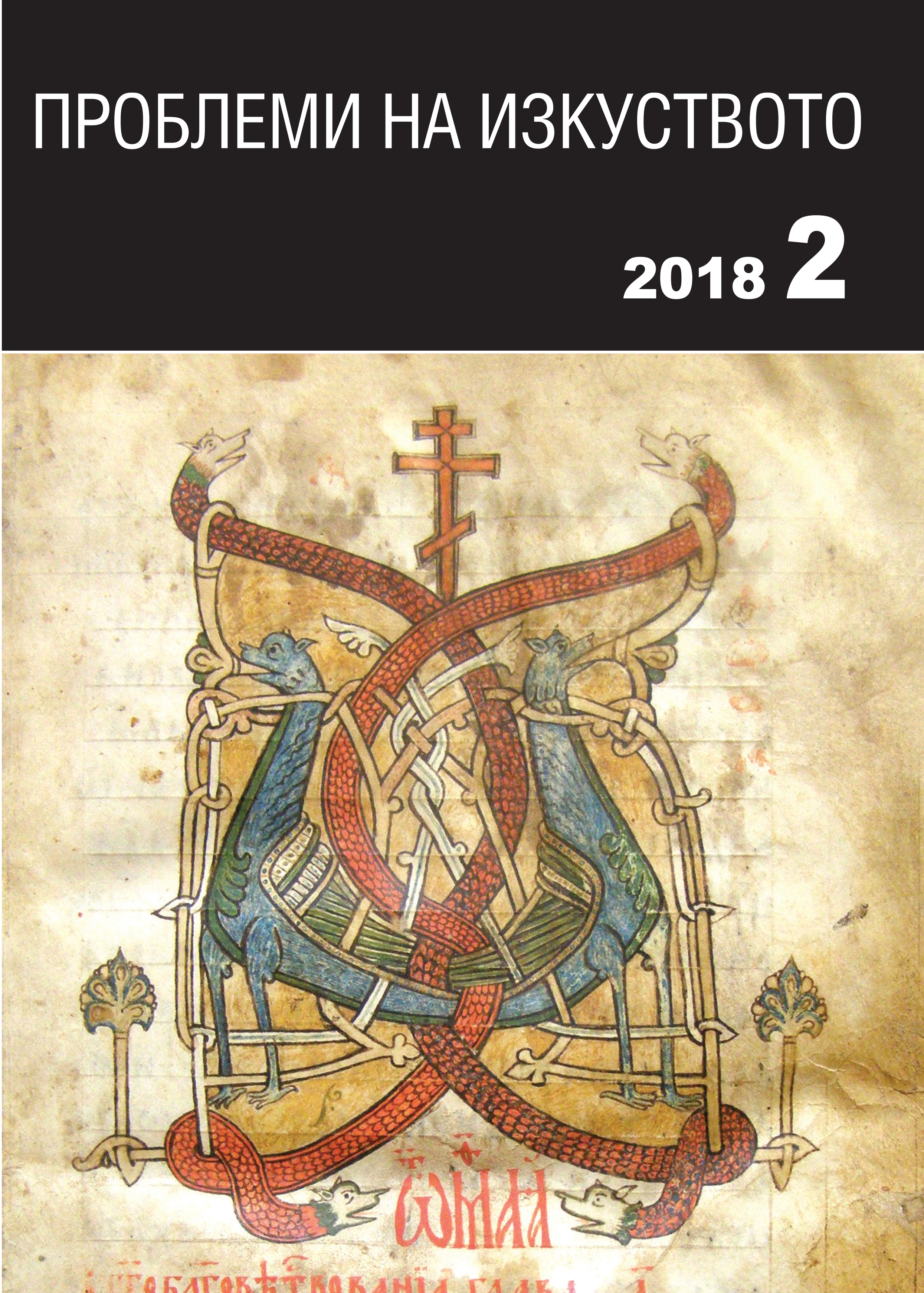Четириевангелието НБКМ 1356 от Националната библиотека
The four gospels NBKM 1356 from the National library
Author(s): Elissaveta MoussakovaSubject(s): History, Fine Arts / Performing Arts, Visual Arts, Theology and Religion
Published by: Институт за изследване на изкуствата, Българска академия на науките
Summary/Abstract: Even though not unknown, the Slavic Four Gospels from the National Library in Sofia represents a remarkable example of 14th-century manuscript illumination, which has not been discussed in details. In this paper a full description of the preserved fragment is given, with emphasis on the ornamental embellishment of the text. Besides the hypotheses about the manuscript’s origin, offered in previous publications, the author attempts now to reveal the meaning, which the teratological headpiece on f. 6r and the architectural headpiece on f. 81v were invested with by the scribe (or the artist). In regard to the first one, the fantastic creature in the animal, so called heraldic, motif, is identified as a senmurv. For this image, rare in the Byzantine and South Slavic book illumination, a typological link is established through a 13th century Gospel manuscript of provincial Byzantine origin, in which Axiniya Dzhurova detected the possible source for the couples of monstrous creatures in the Slavic teratological ornament. A significant change of the composition is made by introducing in it the cross on top of the headpieces in the codices NBKM 1356 and Hilandar 12, a Serbian Four Gospels of the first half of the 14th century. As to the second headpiece, representing the Tree of Life by an overall, stepped form, surmounted by vegetal motifs and accompanied by tetragrams, usually written around the Cross, a reading of the letters ABMK is offered. In view of the gathered evidence, both headpieces may be interpreted in the aspects of the Cross, the Life-Giving Tree in the Christian soteriological doctrine. The refined execution, the parallels to distinguished artistic examples in Byzantine manuscripts, make possible to ascertain that the anonymous commissioner of the manuscript belonged with the higher social ranks. Also, attention is given to the copy of the older pattern in the teratological headpiece in the 17thcentury Strelcha Gospels from the collection of the Church-historical and Archival Institute in Sofia. Due to the insufficient or lacking data about the date and place of origin, or about the provenance of the two Gospel manuscripts, many questions remain unanswered but what could be confirmed is that the codex NBKM 1356 is a real witness to the processes of re-activating the old literary heritage in the 17th century, recognized long ago by the scholars.
Journal: Проблеми на изкуството
- Issue Year: 2018
- Issue No: 2
- Page Range: 9-20
- Page Count: 12
- Language: Bulgarian
- Content File-PDF

